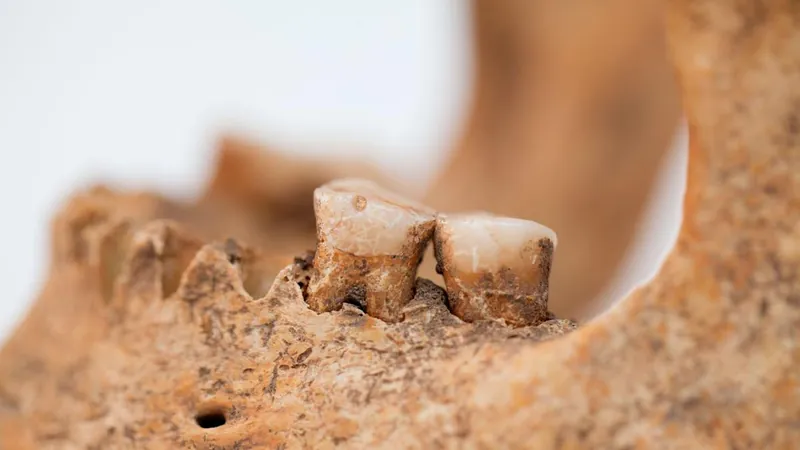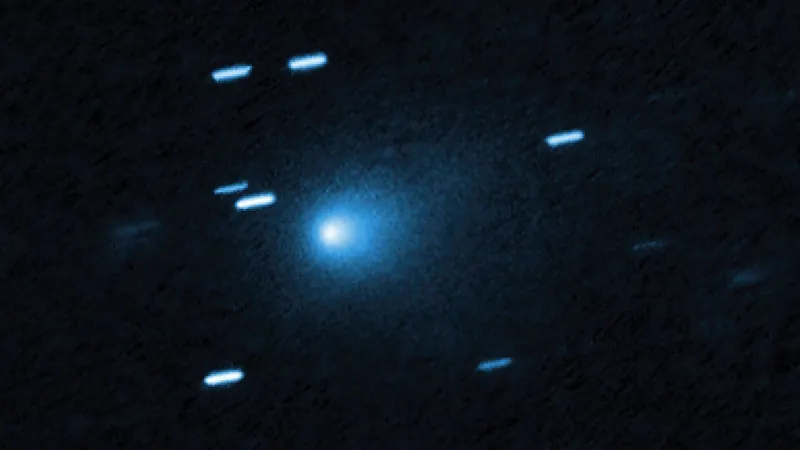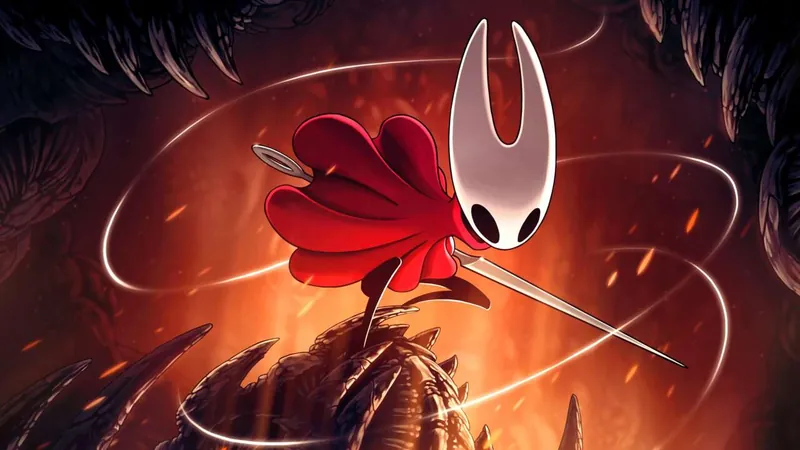
Revolutionary Discovery: 13 Ancient Teeth Could Transform Our Understanding of Human Evolution
2025-08-22
Author: Ken Lee
A Groundbreaking Find in the Heart of Ethiopia
In an astonishing revelation, researchers excavating a fossil site in Ethiopia have uncovered 13 ancient teeth, believed to belong to a previously unknown species of Australopithecus. This remarkable discovery suggests that Australopithecus and the earliest Homo ancestors existed side by side as far back as 2.8 million years ago.
Shattering Conventional Wisdom on Human Evolution
This groundbreaking find poses significant challenges to established theories of human evolution. The iconic Australopithecus Lucy might just have a cousin! The teeth were discovered in the same region where the oldest Homo specimens and early stone tools were previously unearthed, sparking a major reevaluation of how these hominin species interacted.
Kaye Reed, a paleoecologist from Arizona State University, noted, “This new research reveals that the linear model of evolution, often depicted as moving from ape to Neanderthal to modern human, is simply incorrect. We now understand that these two hominin species coexisted and interacted.
The Ledi-Geraru Research Project's Ongoing Quest
The Ledi-Geraru Research Project, spearheaded by ASU scientists alongside an international team, continues to delve into this rich emerging narrative. This same site has already yielded the oldest Homo fossils and ancient Oldowan tools, painting a vivid picture of early human life.
Analyzing the Ancient Teeth
Lead author Brian Villmoare highlights the significance of these teeth, found in sedimentary layers dated between 2.6 and 2.8 million years old. “While we understand the features of early Homo, these findings underscore the critical need for more fossils that could illuminate the distinctions between Australopithecus and Homo,” he stated.
Volcanic Clues: Dating the Past
Utilizing advanced techniques involving volcanic and tectonic activity, the team carefully dated the fossils, leveraging the presence of feldspar crystals within the ash layers. ASU geologist Christopher Campisano explained how this method allows researchers to verify the timescales of volcanic eruptions corresponding with the fossil deposits.
Peeking into Their Diet: What's Next?
The team's next objective? Analyzing the tooth enamel to uncover dietary habits of this newly identified Australopithecus species. By comparing this data with existing knowledge about early Homo diets, researchers aim to determine the extent of overlap and interaction between these two pivotal hominin species.
“As paleontologists, we understand that each exciting discovery leads us to seek more information—we need additional fossils to fully untangle the story of our distant ancestors,” Reed concluded.
An Evolving Narrative Awaits!
As more ancient remains come to light, the narrative of human evolution appears more complex and interconnected than ever before. The implications of these findings may transform our understanding of how early humans and their ancestors navigated their environments and coexisted on a dynamic Earth.




 Brasil (PT)
Brasil (PT)
 Canada (EN)
Canada (EN)
 Chile (ES)
Chile (ES)
 Česko (CS)
Česko (CS)
 대한민국 (KO)
대한민국 (KO)
 España (ES)
España (ES)
 France (FR)
France (FR)
 Hong Kong (EN)
Hong Kong (EN)
 Italia (IT)
Italia (IT)
 日本 (JA)
日本 (JA)
 Magyarország (HU)
Magyarország (HU)
 Norge (NO)
Norge (NO)
 Polska (PL)
Polska (PL)
 Schweiz (DE)
Schweiz (DE)
 Singapore (EN)
Singapore (EN)
 Sverige (SV)
Sverige (SV)
 Suomi (FI)
Suomi (FI)
 Türkiye (TR)
Türkiye (TR)
 الإمارات العربية المتحدة (AR)
الإمارات العربية المتحدة (AR)